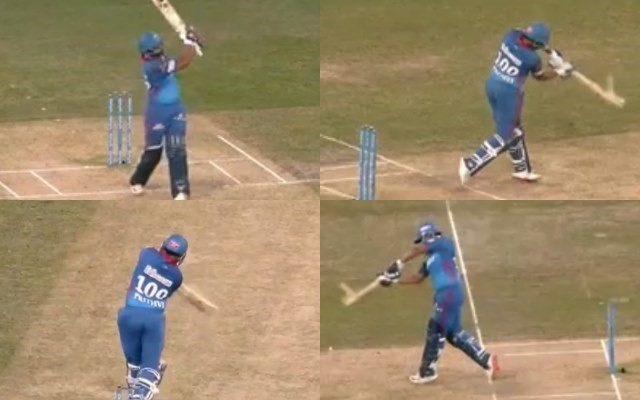Cricket now seamlessly incorporates technology. Technology has impacted everything from cricket coaching to game viewing, from managing competitions to maintaining a database of cricketers from around the world. The technological focus is shifting from broadcasting to implementing changes in gameplay and decision-making. In cricket, technology has made it easier for coaches to get the most out of their teams and players. This helped players and spectators advance as ultimate winners and experience sports at a higher level.
10. The Counter
The umpire previously used a set of six coins, stones, or marbles to count the balls in an over before the development of these tools. The umpires were responsible for passing the marble or coin from one hand to the next. These days, umpires use “the counter” for the same purpose. The device has several buttons on each side, and the umpire presses one when a ball is bowled, another when an over is complete, and a third button in the event when a wicket falls.
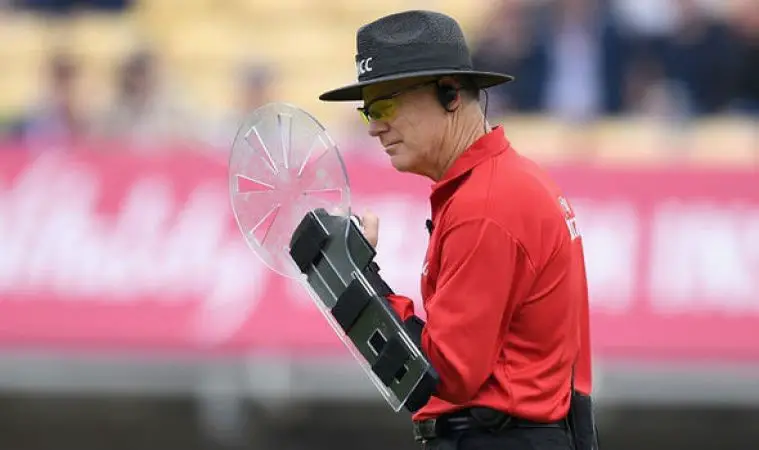
9. BuggyQam
An innovative camera system that allows for smooth movement along low angles. Even at maximum zoom, the BuggyQam’s 5-axis stabilized camera eliminates all jitter. These cameras loop around the field to provide a different perspective of the action and the players.
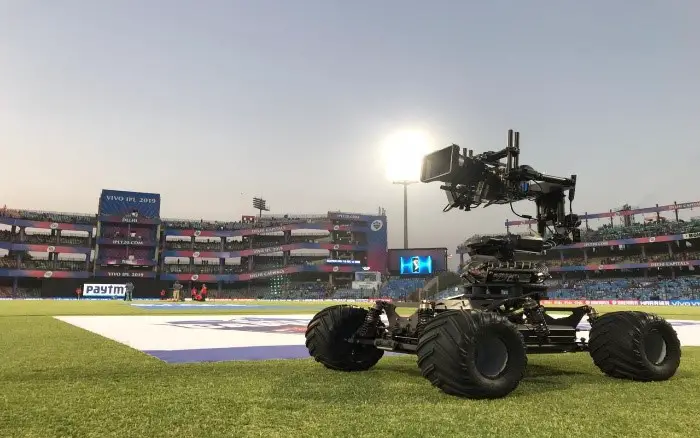
8. Hawk Eye
The computer system known as Hawk-eye can track a ball’s trajectory with an accuracy of 5 millimeters and transmit it to a virtual reality device. The cricket field is surrounded by six or more computer-linked television cameras used by Hawk-Eye. Real-time video analysis by the computer allows it to follow the cricket ball’s path on each camera. A precise 3D rendering of the ball’s trajectory is created by combining these six distinct views.
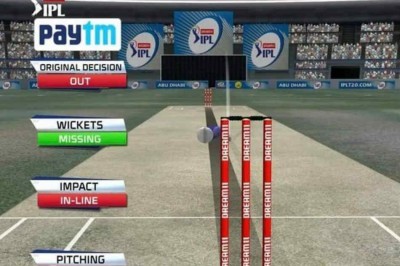
7. Speed Gun
The speed gun operates on the Doppler Effect principle. There is a transmitter and a receiver on the speed gun. It is usually mounted on a tall pillar close to the sight screen and is used to calculate the speed of any object on the pitch by sending radio waves in the direction of the pitch.
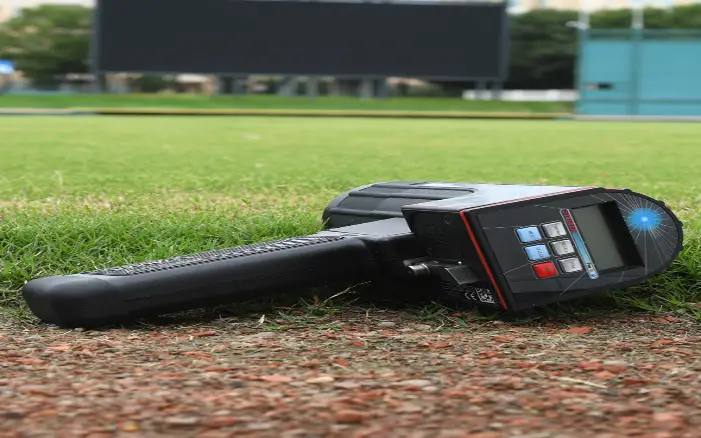
6. Kookaburra Ball
Smart Ball is the first microchipped cricket ball in the world, was created by leading cricket ball manufacturer Kookaburra in collaboration with tech pioneer Sport Cor. The Kookaburra Smart Ball has the same appearance, feel, and motion as a standard Kookaburra cricket ball, but can also instantly gather and transmit statistical data on revolutions and speed at release as well as pre-and post-bounce.
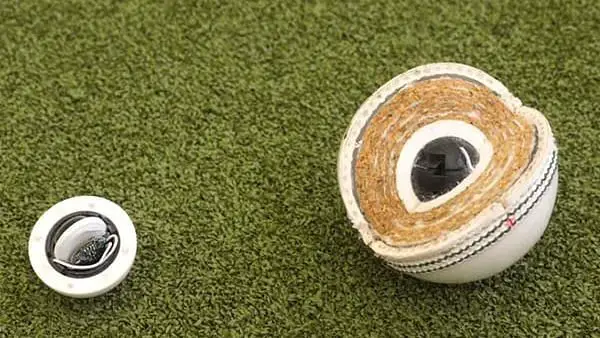
5. Auto No Ball Detector
One of the most recent advancements in cricket is the Auto-No Ball. The auto-no ball was first used in the West Indies vs. India ODI and T20I series in late 2019. The purpose of the Auto-No Ball is to eliminate the need for the on-field umpires to choose whether to call front or back foot No Balls. The system is currently being tested and will be made permanent only if the results are satisfactory.
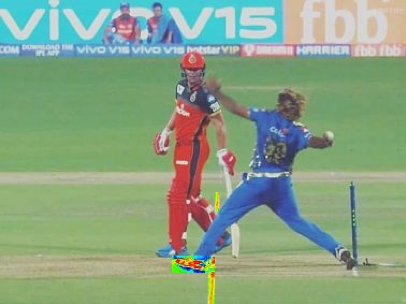
4. Ultra-Edge
The Ultra Edge technology is used in cricket to determine whether the ball has touched the bat after passing by it following the bowling of a valid delivery. The International Cricket Council has approved its use following extensive testing and verification. Behind the batsman, there is a system that uses cameras and stump microphones to record the ball’s sound as it travels around the stadium. The ball makes a specific sound when it strikes the bat, which the wicket picks up and displays on the tracking screen.
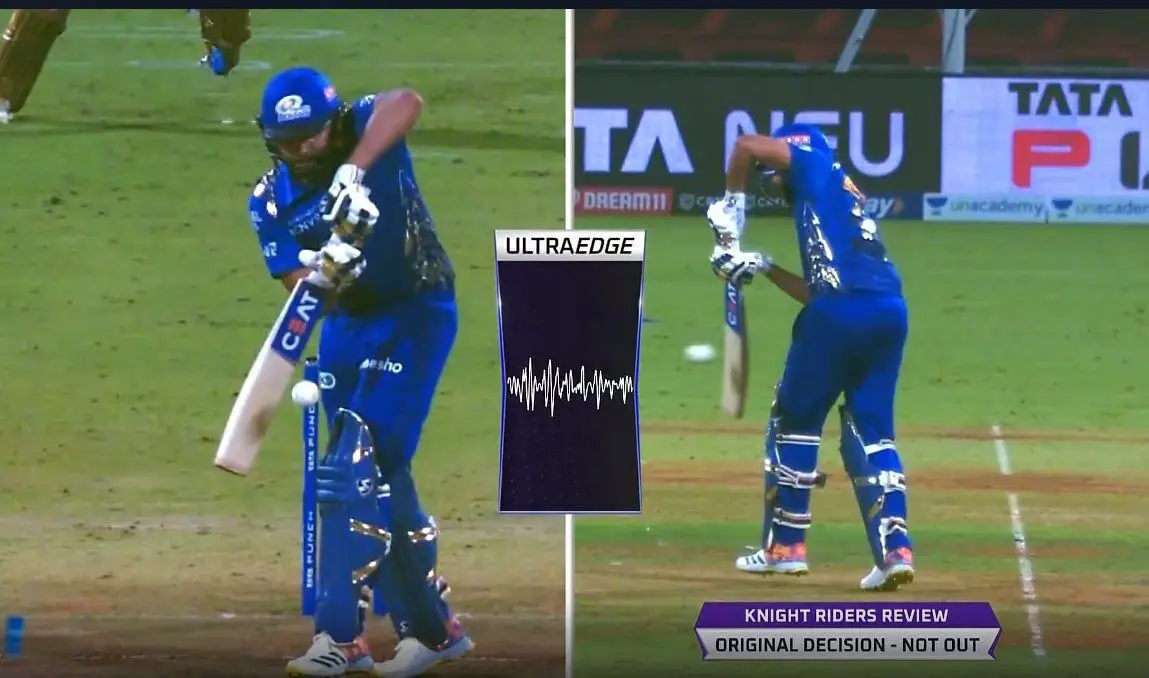
3. Spider Cam/Flying Fox
The Spidercam is a cable-hung camera system that allows film and television cameras to move vertically and horizontally across a defined path, typically the playing field of a sporting event such as a cricket pitch, football field, or tennis court. Spidercam is a registered trademark. A Kevlar cable connected to a gyro-stabilized camera carrier, or dolly, is controlled by each of the four motor-driven winches on the Spidercam, which are placed at the base of the covered area in each of the four corners.
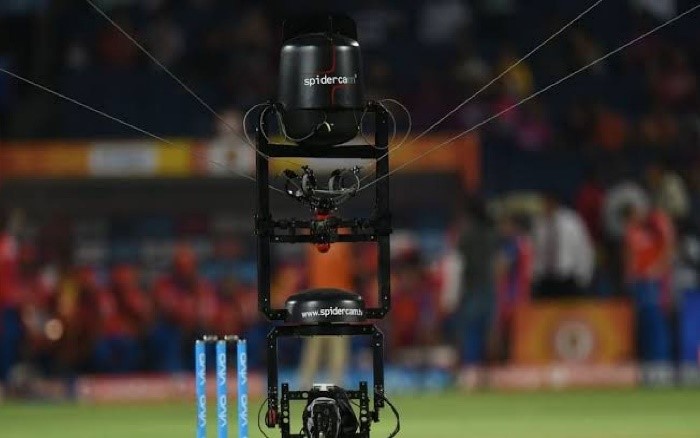
2. Hot Spot
A thermal camera, employs two infrared cameras, one at each end of the ground. These cameras detect and measure heat generated by friction caused by a collision, such as a ball on the pad, a ball on the bat, a ball on the ground, or a ball on the glove. The cost of a single camera is Rs. 2cr.
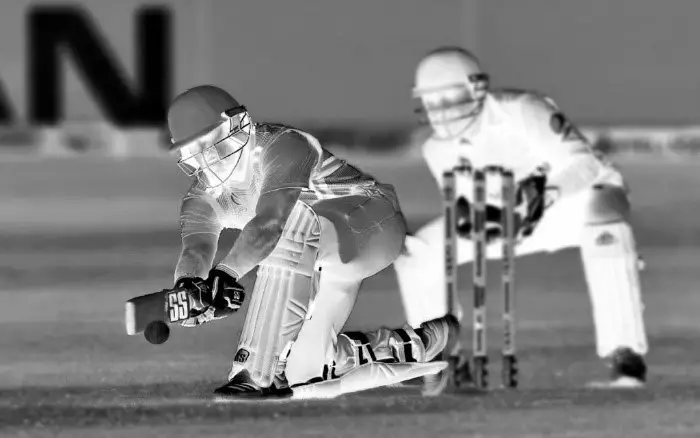
1. 360 Cameras
A camera with an omnidirectional field of view also referred to as a 360-degree camera covers a full circle in the horizontal plane and roughly the entire sphere, was introduced in IPL 2021. The Dubai International Stadium has pioneered innovation by installing the first 360-degree cameras in the world to view games from every angle. Around the ring of fire, at least 100 cameras have been installed.
